The Birth of an Exhibition…
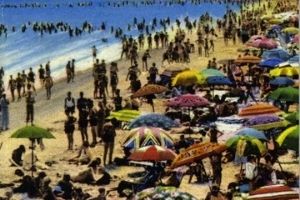
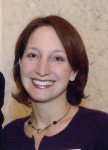 What was Lombard Street like in the early 1900s? When did Jews establish communities in Cumberland and Frederick? How do we memorialize loved ones who are no longer with us? Why do some Orthodox Jewish women cover their hair? This is just a sampling of the kinds of question the Museum’s exhibitions seek to answer. So how do we come up with the ideas for all the exhibitions we create?
What was Lombard Street like in the early 1900s? When did Jews establish communities in Cumberland and Frederick? How do we memorialize loved ones who are no longer with us? Why do some Orthodox Jewish women cover their hair? This is just a sampling of the kinds of question the Museum’s exhibitions seek to answer. So how do we come up with the ideas for all the exhibitions we create?
The answers are as varied as our exhibitions.
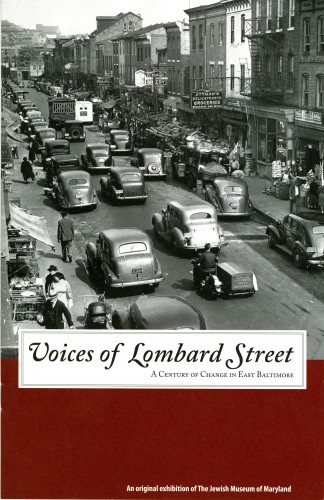
Voices of Lombard Street: A Century of Change in East Baltimore (2007), our exhibition about the old Jewish neighborhood, was inspired by residential redevelopment around the Museum. Back in 2000, the public housing hi-rises were imploded and replaced with new townhouses suggestive of the old row houses that lined the neighborhood’s streets in its heyday. We thought it might be a good time to explore how the area has evolved over the years.
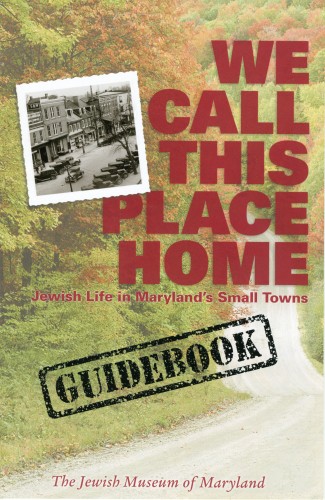
We’ve also looked beyond Baltimore. We Call This Place Home: Jewish Life in America’s Small Towns (2002) was a topic suggested by a Museum trustee from Frederick, who encouraged us to explore Jewish life outside Baltimore’s borders. The result was an exhibition that not only traveled to venues around the state, but also helped us build our collections of photographs and artifacts depicting Jewish life in small towns.
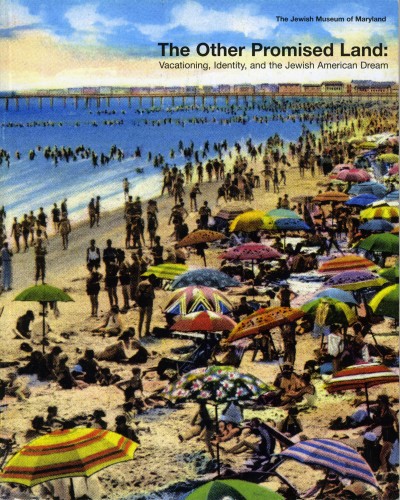
Some of our exhibitions are suggested by our more junior colleagues: Over lunch one day in about 2000, an intern from Beth Tfiloh Day School started musing about what Jews do when they go on vacation. The result? The Other Promised Land: Vacationing, Identity, and the Jewish American Dream, a major exhibition that opened in 2005 in Chicago, came back home to Baltimore, and then traveled to the Museum of Jewish Heritage in New York.
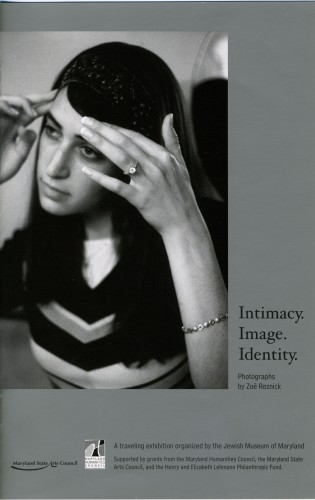
Intimacy. Image. Identity, which also opened in 2005, featured a series of photographs by intern Zoë Reznick, who shot the images as an undergraduate project. Her photographs explored the practice, among many Orthodox women, of covering their hair when they marry. Zoë wrote that her inspiration was to “examine the personal, material, and social implications of a tradition . . . and to capture the fine textures of scarves, the shapes of hats, the peculiarity and glamour of wigs.”
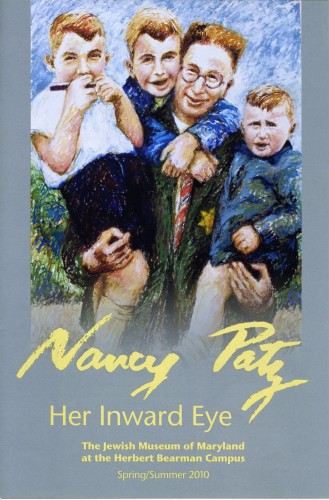
Then there’s our more recent exhibition, Her Inward Eye (2010), which brought together three suites of work by local artist Nancy Patz. The germ of that exhibition was a conversation I shared with Nancy, Curator Karen Falk, and Senior Collections Manager Jobi Zink. One morning, we sat in Nancy’s lovely, sunny studio discussing “18 Stones” a series of drawings and poems imaging Dutch Jewish lives before the Holocaust. Nancy told us that the works were traveling to Holocaust Museum Houston and asked if we’d like to host the show at the JMM before it headed out west. Unfortunately, the grouping was too big for our lobby and too small for one of our galleries. Then inspiration struck: Why not combine “18 Stones” with two other series of Nancy’s work? Like “18 Stones,” her illustrations from “Who Was the Woman Who Wore the Hat” were inspired by the tragedy of the Holocaust and explored the realm of imagined memory. The two series naturally complemented a group of works Nancy had created about her mother, who died prematurely. The portraits of her mother evoked a relationship re-imagined and reclaimed. Together, the three series examine the meanings of memory and imagination, exploring their role in the creative process.
Some of our farthest reaching exhibitions have the humblest beginnings. Our former curator, Melissa Martens, once observed that every time the staff got together, we seemed to talk about food. She figured that any topic that engaged us all that fully had to be worth an exhibition. The result of Melissa’s observation is Chosen Food: Cuisine, Culture, and American Jewish Identity, opening here this fall and then traveling nationally. Chosen Food will be a vibrant, interactive exhibition that uncovers and interprets the many meanings of Jewish food. It’s a new way of looking at the old adage: You are what you eat!
Most recently, I’ve been thinking about developing an exhibition about nostalgia. The idea for the exhibition grew from a simple premise: Our visitors want to see themselves in our exhibitions, so why not give the people what they want? Obviously, nostalgia has some negative connotations—for many historians, it’s a “dirty word”—but it also has its place in history exhibitions. I want not only to display objects of nostalgia but also to plumb the meaning of the term and tell people something about individual and collective memory, constructed memory, longing, and their place in historical discourse. Plus, the material culture of nostalgia is practically endless. Just think of all the Superman lunchboxes, Sandy Koufax baseball cards, and Pimlico Restaurant menus we can display—all that, with an Allan Sherman record playing in the background.
A blog post by Associate Director Anita Kassof.
